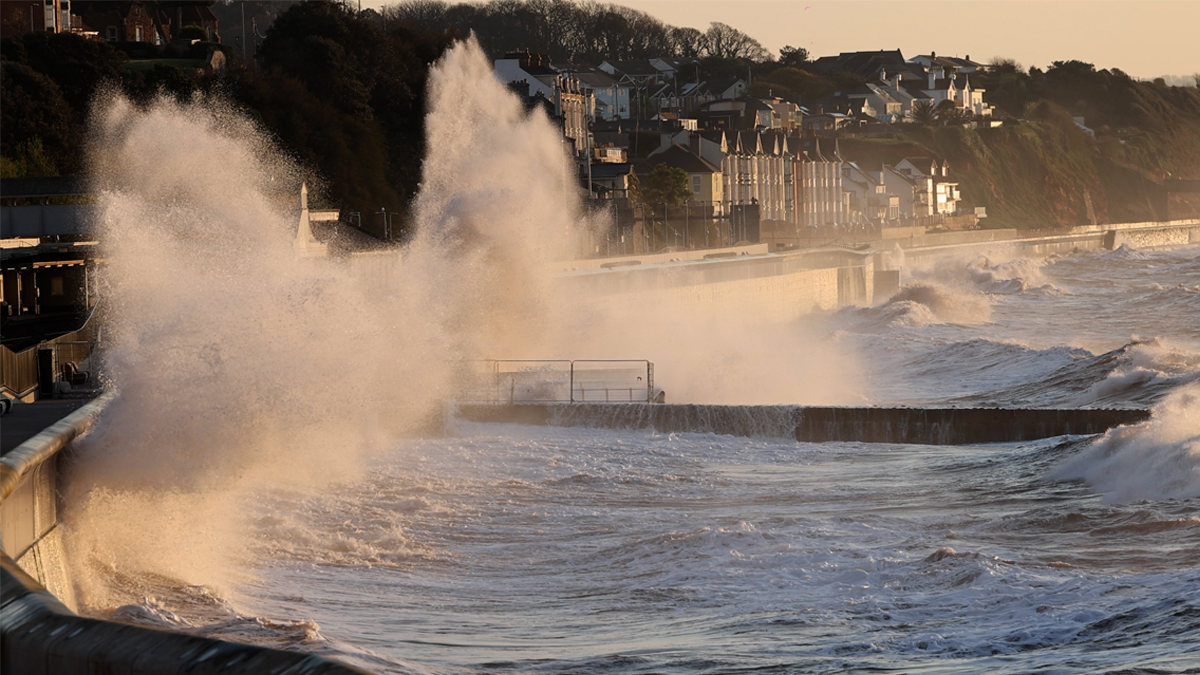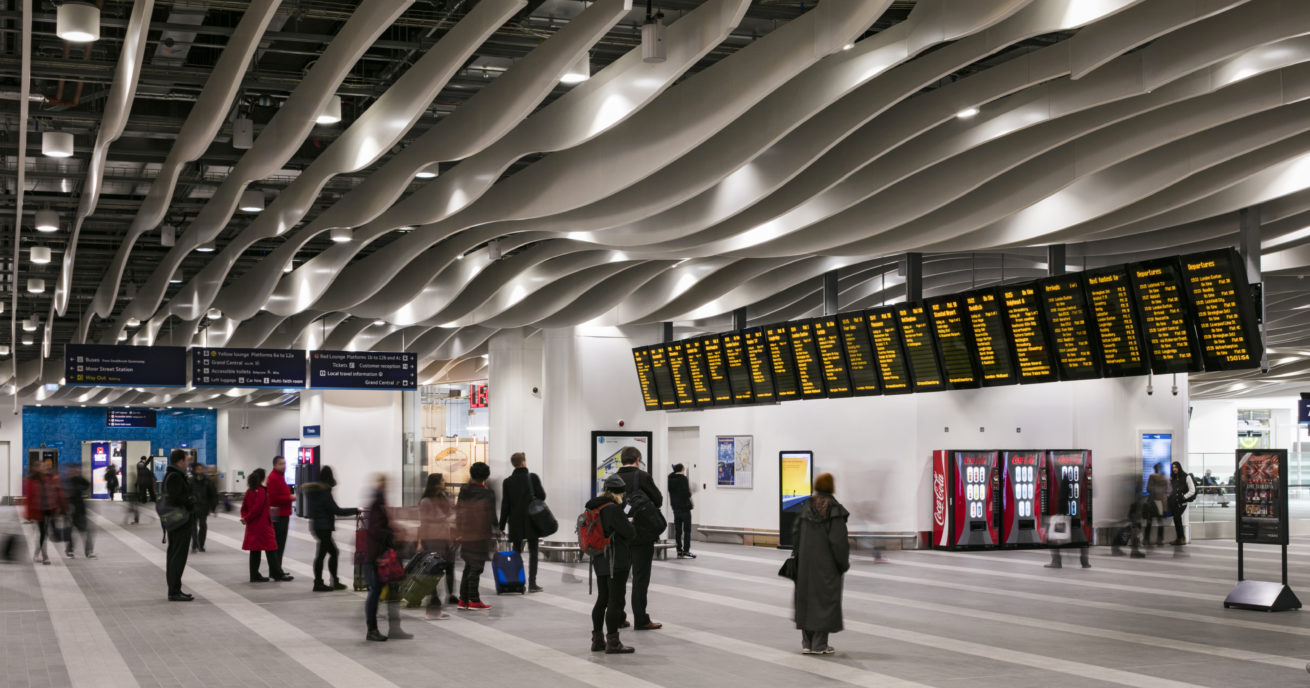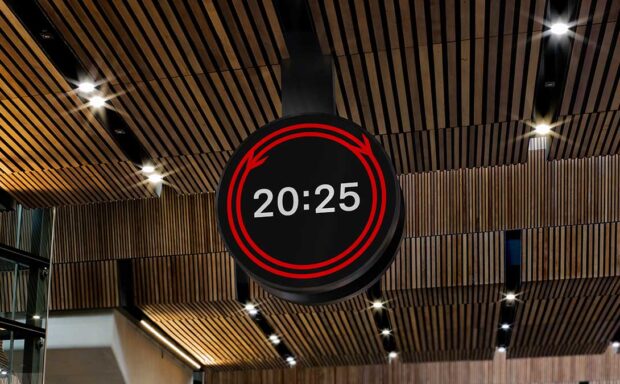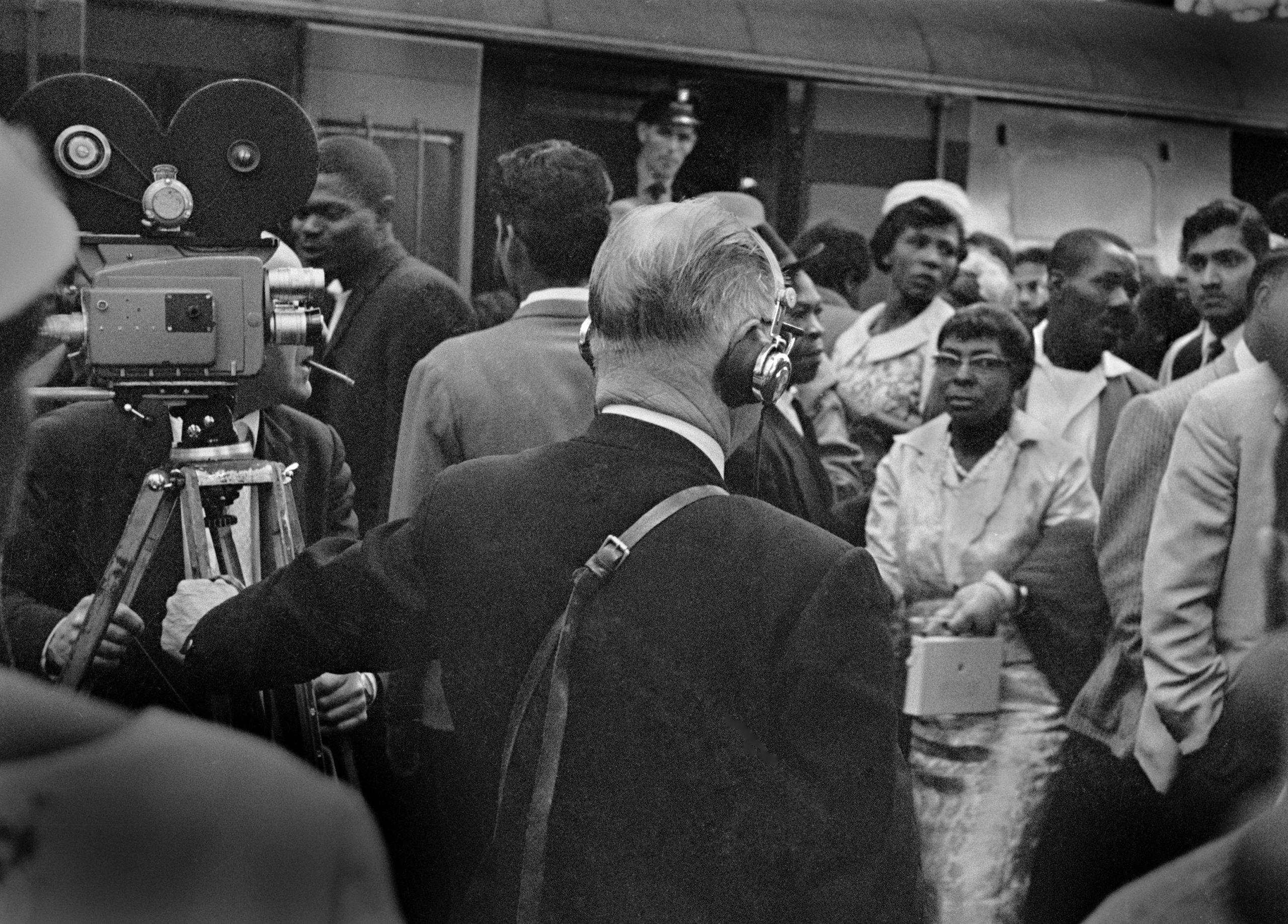The railway is the greenest form of mass public transport – and in the last five years, we’ve been busy making it even more sustainable for generations.
It comes as we reach the end of our latest five-year budgeting and planning period, known in the industry as Control Period six.
Here’s a rundown of some of our biggest projects over the past five years.
Sustainability
The COP26 climate conference was a chance for us to highlight the unique part rail can play in supporting green growth and reaching a net zero future. We hosted the green trains of the future at Glasgow Central station. We also shared striking aerial shots of the first emission-free fully electric train to cross the iconic Forth Bridge in Fife.
The first electric passenger train ran between Glasgow Central and Barrhead in 2023. It was a milestone for this now electrified route that will help decarbonise services.
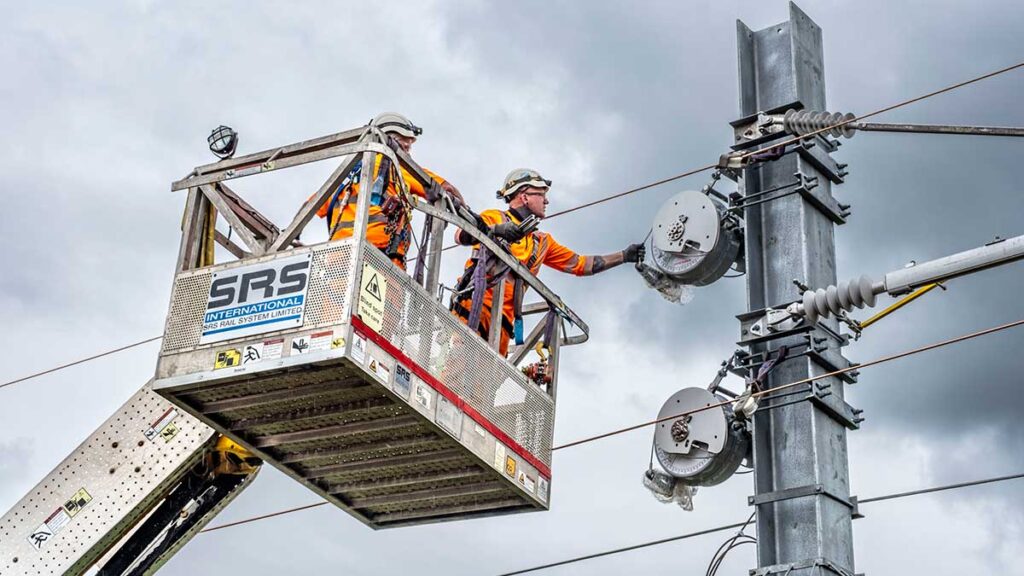
We reached another milestone when three-quarters of our suppliers – by emissions – committed to setting their own science-based emissions targets. This is an essential step in our mission to tackle climate change.
Helping to run freight through our railway also helps lower emissions by taking huge numbers of lorries of our roads. In fact, over 65bn net tonnes of freight moved across Britain in the past five year.
Meanwhile, the Southampton Freight Train Lengthening project boosted freight by creating even more space for more trains at the country’s second busiest container port.
Resilience
We also made great progress in our mission to make the railway more resilient for the future. We launched an extreme weather resilience task force with industry partners. This task force helps us prepare the railway for more severe weather in the future.
The South West Rail Resilience Programme kept improving our approach to protecting the railway between Dawlish and Teignmouth from the effects of extreme weather and rising sea levels. This included the completion of a bigger, stronger and better sea wall in Dawlish – nearly 10 years after storms washed away part of the railway.
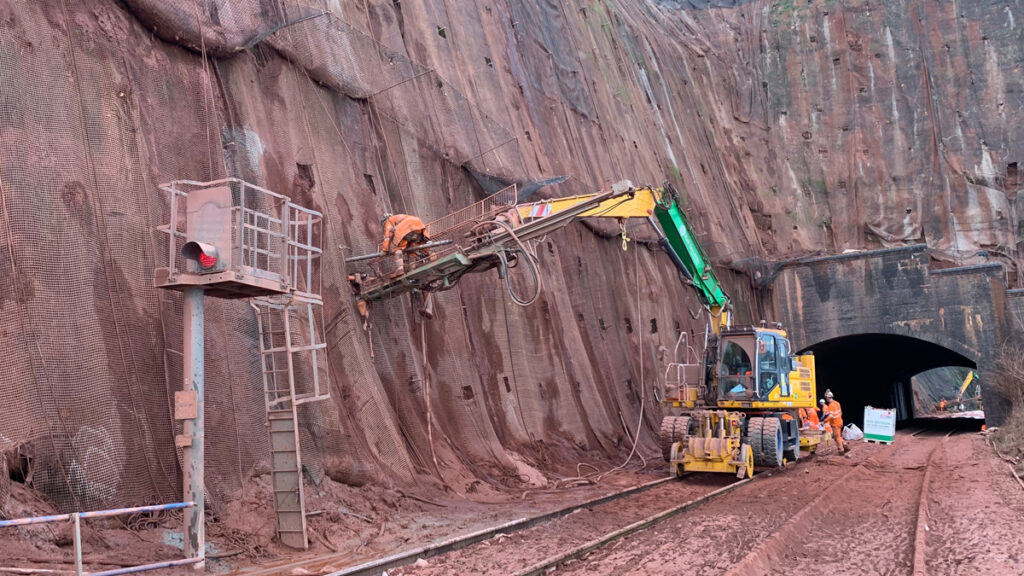
We’re doing everything we can to make the railway more resilient and sustainable, and reduce the impact of climate of change on journeys – for you and freight.
